
What is the Serbian Academy of Sciences and Arts
The Serbian Academy of Sciences and Arts (SASA) is a leading scientific and cultural institution in Serbia. Founded in 1841, it boasts a library and archive, precious not only for Serbian culture, but containing significant elements of world cultural heritage as well. At the same time, part of the Archive of the Serbian Orthodox Church, located in Sremski Karlovci is under trusteeship of SASA, and preserves documents of priceless value for European history from the 15th to the 19th centuries.
Image: Building of the Serbian Academy of Sciences and Arts (SASA)
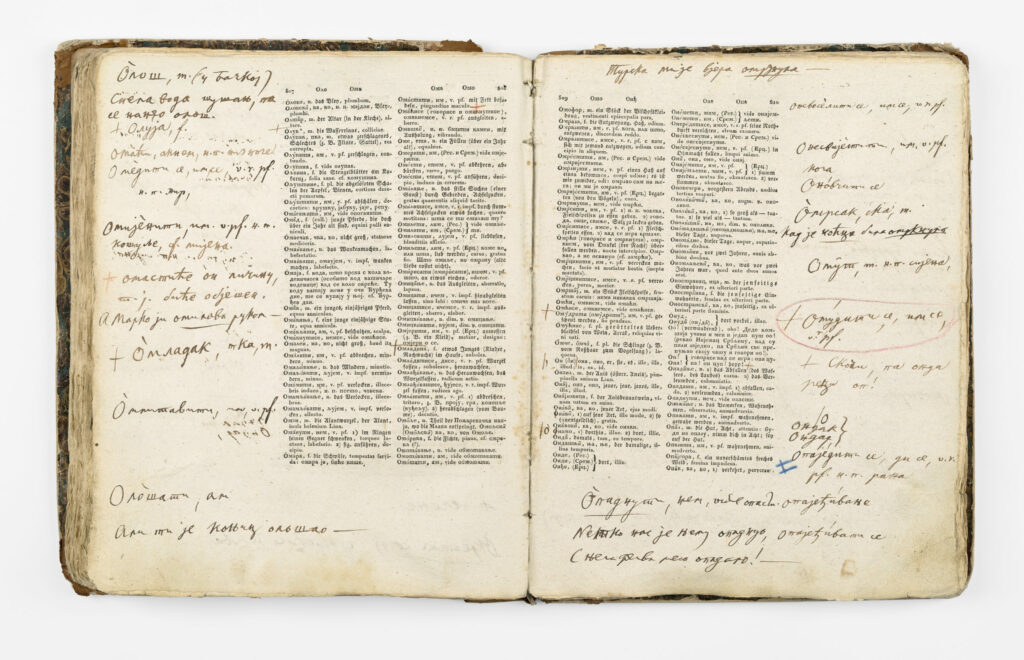
Establishment of the Audiovisual Archive and Center for Digitalization of SASA (AVA SASA)
In order to preserve and present to the public the most important and valuable parts of the material in its possession, in 2017 SASA established its Audiovisual Archive and Center for Digitization (AVA SASA). At the time of establishment, it was decided that, due to the significance and value of the material preserved in SASA Library and Archive, its digitization must be performed in accordance with the highest standards through clearly defined digitization procedures. The invaluable importance of the material that is to be digitized is evident in that it contains, among other items, charters and codes of Serbian rulers from the 14th and 15th centuries, works and correspondence of the most important Serbian scientists and writers, an art collection with over 3,000 paintings, drawings and sculptures, music scores of Serbian composers, photo archives with about 10,000 photographs and negatives, and more.
Image: Marginalia of Vuk St. Karadžić on the first edition of his Serbian Dictionary (1818) / SASA Library, Rv 46/
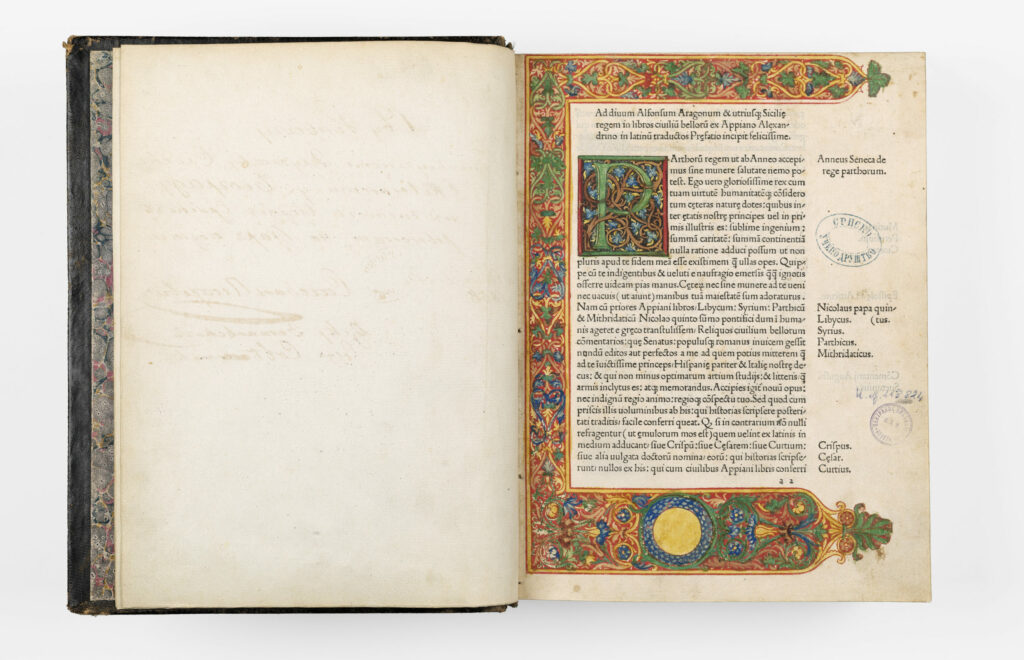
One digital AVA SASA studio is located in the SASA building itself, while the core of AVA SASA is located in a building in close proximity, occupying about 800 square meters on three levels with six digital workstations. There is also a digital studio in Sremski Karlovci, where the church archives are digitized.
Image: Appian’s History of Rome, Venice, 1477 /SASA Library, R8 1/

Digitalization at AVA SASA – Following the highest standards
In order to attain top standards in digitizing cultural heritage, AVA SASA has opted for the acquisition of Phase One solutions, following the example of the world’s most important archives and museums that use this equipment in digitizing their material.
The AVA SASA digital workstations are equipped with four Phase One cameras (iXG 100MP, iXG 50MP and two XF 100MP cameras), Schneider lenses and Capture One CH supporting software. This equipment is housed in specially-designed rooms, where all factors that could affect the quality of the digital image (e.g. wall color, blackout on windows, humidity and room temperature control, etc) are controlled.
Twelve associates are currently engaged in AVA SASA, including two expert consultants and six operators. Maintenance of IT equipment is entrusted to a specialized company, which monitors the workstations, servers and storage, as well as the process of backup of digitalized material, daily.
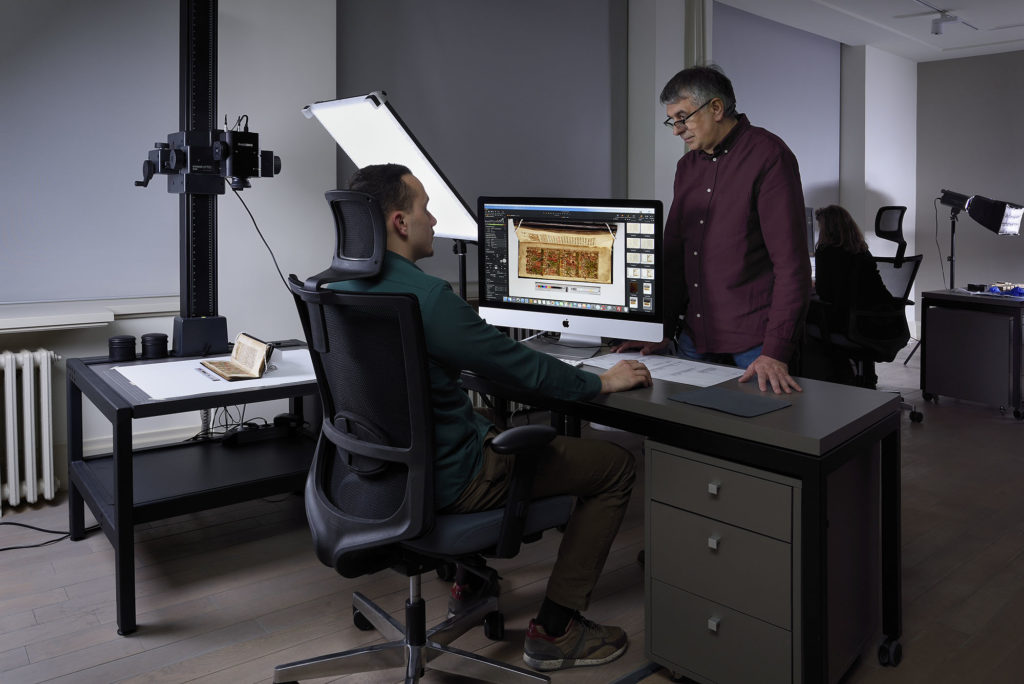
A clear focus on training
Even the best equipment for digitization will yield modest results if it is not serviced by experts and well-trained operators. Thus, AVA SASA has also conducted intensive daily training of six operators, who follow all phases of the digitization process. In addition to technical details, special attention is paid to the developing of their sense of what is a well-digitized item.
Training is provided by expert consultants who have exceptional experience with digital photography, as well as with the processes of digitization of cultural heritage.
Phase One arranged a two-day workshop where experts from Hungary hosted a training on Phase One cameras and demonstrated some of the features of the Capture One software. The next workshop, additional training at the expert level, follows the introductory training, ensuring all who work at AVA SASA are expertly-trained in every part of the digitization process that they are involved in.

Procedures for the digitization of Cultural Heritage
In view of the importance, value, and sensitive nature of the material that needs to be digitized, the AVA SASA team developed a detailed description of the procedures for accessing, restoring and handling the material during its digitization. This is an extremely important and delicate part of the digitization process. The absence of such procedures for digitization would expose valuable archival and library materials to many unnecessary risks and potential damage.
Image: Operator preparing to digitize a manuscript from the 15th ct.

Particular attention is paid to the manner and mode of storage of digitized material, from original to derived digital images, which are publicly available under certain conditions, as well as to the legal aspects of digitization. All these aspects of digitization are part of the AVA SASA Rules, which are currently being finalized and will define the overall work of this institution.
Image: Operator working with Phase One camera and Capture One software

AVA projects and plans for the future
Over the next several years, the work of AVA SASA will be primarily directed towards the cultural heritage of SASA. In that sense, the priority projects will be related to the especially valuable collections of the SASA Archive and the SASA Library, the material that is stored in the Archive in Sremski Karlovci, and the Art Collection of SASA. In addition to these cultural assets, AVA SASA intends to digitize all editions (books, scientific magazines) published by SASA since its inception in 1841, which amounts to almost 16,000 titles.
Additionally, AVA SASA will finalize strategic cooperation agreements with various cultural institutions in Serbia, as well as other institutions that preserve priceless cultural artifacts.
The intention of AVA SASA is to become a model of excellence in all aspects of the digitization of cultural heritage. That reasoning underscores AVA SASA’s decision to opt for the Phase One system and is the backbone of why rigorous training of operators is carried out and detailed procedures are defined for the process of digitization.
The formation of the AVA SASA Research Center is underway, in which different methods of digitization and the optimal relations between the quality and the time of digitization will be examined. The results of these surveys will be available to the public on the AVA SASA website.
All of the above goals pose major challenges that AVA SASA has to meet, but any other approach would fail to meet the required standards of SASA. They are challenges that we are happy to take on to ensure the highest standards of digitization for our priceless collections.
All photos in this article are by Branislav Vojnović and Veselin Milunović.
Contact a Phase One expert
Are you interested in learning more about our Cameras and accessories? Fill out the form, and a Phase One Cultural Heritage expert will be in touch shortly.

Heritage
Digitizing a Serbian Manuscript from the 12th century

Heritage
Digitizing Panorama formats with Phase One

Heritage
Modular digitization at the Herzogin Anna Amalia Bibliothek

Heritage
Goethe in Weimar’s digitization center

Heritage
University of Tartu Library
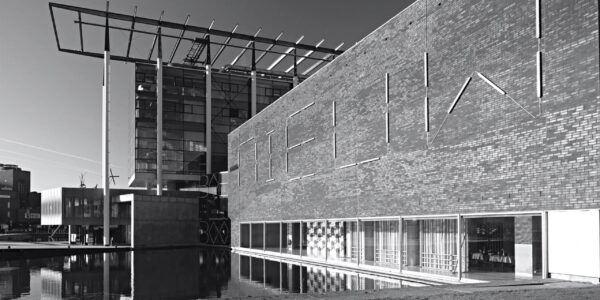
Heritage
Het Nieuwe Instituut (The New Institute) – Rotterdam, The Netherlands
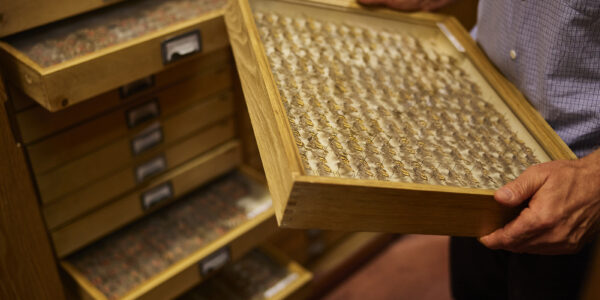
Heritage
Digitizing the Lepidoptera collection at the Hungarian Natural History Museum

Heritage
Digitizing Dinosaurs and the Path to Virtual Exhibitions

Heritage
Getty Images Archive – Phase One iXG 100MP and Film scanning solution

Heritage
The Royal Library of Denmark

Heritage
The Fotothek of the Bibliotheca Hertziana

Heritage
Digital Aerial Photography Archive for Baden-Wuerttemberg

Heritage
Just in the nick of time: the story of an A0 at 300ppi test

Heritage
Phase One generates stunning results for colonial cartography maps

Heritage
Journal digitization workflow with the iXG Camera System
